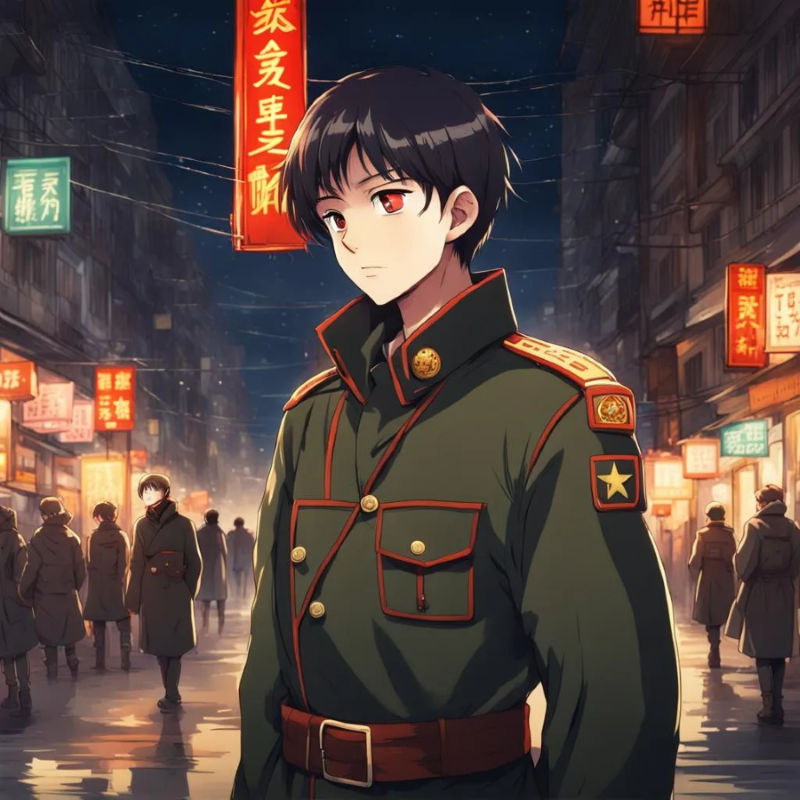Throughout history humans have always pursued longer lives, hoping to achieve immortality eventually. But no matter how far medicine progressed, there was always a cap, a limit imposed on human lifetimes that could not be reversed but with extremely advanced technology, technology that even now has not emerged yet.
People were always searching for workarounds, but although these studies yielded useful results, none actually suceeded in extending a human lifetime significantly.
With a single exception.
The body of the Padishah Kaiserin, following her death at the liberation of Hope’s Peak academy and the then-young Pavel Arkhangelsky, was always seen as an attractive target for study or simply historical value. Researchers however were unable to find uses for it, and eventually they simply gave up and locked the corpse in a freezer for a few dozen years, where it was later rediscovered.
By this point medicine had progressed enough for researchers to propose a gholafication of the body— that is, to restore it to birth condition, in the hope they would be able to restore some functionality and perhaps glean some information about the golden path from the ghola. They succeeded in restoring its functionality, managing to create a mostly healthy ghola-child, although she had none of the memories of her “previous” life. She did, however, retain an intrinsic fear of heights that they suspected stemmed from her original death, that is, falling off a bridge into a river. This was probably the only sign of success during their entire study. The creation of gholas ran into ethical problems following this, and further experimentation was closed down.
After a few more unsuccessful probes the researchers once again gave up and gave custody of the ghola-child to Leto, who was only around ten years old himself around that time. The two were later forced into the Second Killing Game aboard an expedition no-ship they had been offered to join.
The rest involves severe spoilers for Children of Doom, so I’m just gonna stop here.
